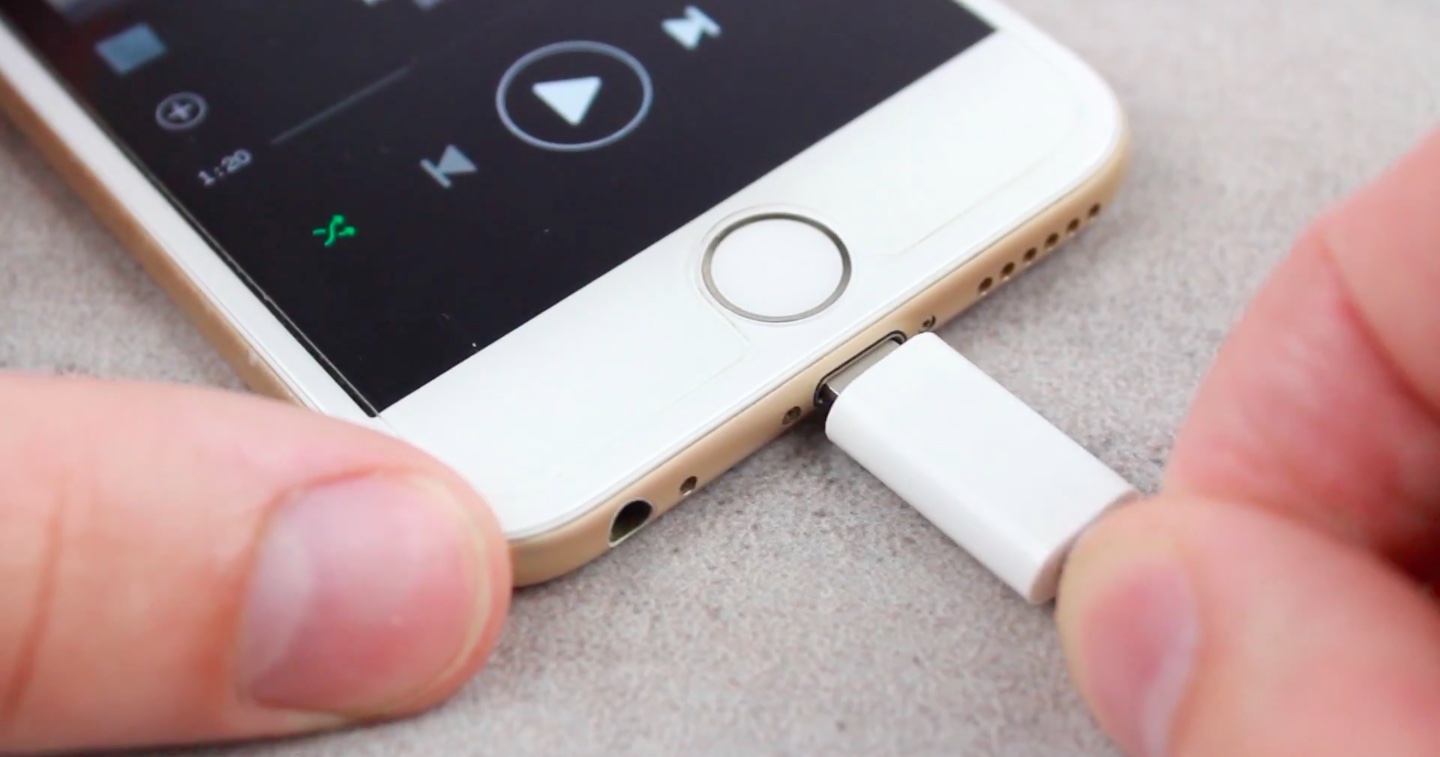
The European Commission has been trying for years to get tech companies to adopt a single, standardized wall charger, but the effort has not gone well.
But that’s not stopping the European Union’s EC from trying again in 2020. The news started circulating earlier this month that the European Commission was working on a way to get Apple to drop the Lightning port altogether, but that’s not exactly the case. Even if Apple is sort of arguing that same thing in its latest complaint against the EC’s plan.
First, Apple’s complaint, outlined today by the Financial Times (via 9to5Mac). Apple is arguing that the EU’s plans will force the company to change from the Lightning port anyway, even if that’s not explicitly what the EU is trying to do with this change. Apple is arguing that even forcing a standard wall charger would force change to the physical port on the phone, too, because Apple does it see as a viable option to include an adapter in the iPhone box.
Apple also argues that it would force users to ditch their current accessories and cables, leading to a lot of unnecessary waste. (With that argument, Apple must never be planning to switch away from Lightning, right?) But Apple has already been in a similar boat of its own making years ago, back in 2012 when it introduced the iPhone 5 and the Lightning port — switching away from the 30-pin connector.
When the EU’s plan first started making the rounds, the general sentiment appeared to be that the European Commission was trying to get companies to adopt a single charging port, too, which would mean Apple would likely be forced to drop the Lightning port and, probably, adopt USB-C. Apple has made that switch in some products, including its portable Mac computers, as well as the latest iteration of the iPad Pro lineup. However, the iPhone still relies on the Lightning port — at least for now.
It’s worth noting, again, that the EU’s plan is for the wall charger. Not the cable. And not the physical port on the phone, either. As mentioned above, even Apple’s argument here is that it would be forced to change the Lightning port because including an adapter in the box of every iPhone isn’t a feasible option, as far as they’re concerned. And, as mentioned by The Verge, there were 30 proprietary chargers in use back in 2009 when this whole push for change started.
Now? There are apparently just three out there in the wild.
And it’s also worth adding here that Apple has bent to the will of the EC in the past. Apple made the USB to 30-pin adapter for phones that predate the iPhone 5 because of the EC’s wishes. And it now has a Micro USB to Lightning adapter as well. And the changes that the EC is currently asking for? Apple is probably already in line with what the EC wants:
Apple already includes 18W USB-C wall chargers, as well as Lightning to USB-C cables, with its iPhone 11 Pro and iPhone 11 Pro Max. The company’s 2018 iPad Pro and complete lineup of MacBook laptops use USB-C chargers and cables as well, and the most powerful USB-C chargers that Apple ships are equally capable of powering a laptop, tablet or phone — they’re universal. Apple might lag behind with the chargers included with some of its products, like the 5W USB Type-A charger that comes with the standard iPhone 11, but it’s making progress toward this common charger initiative, and that progress doesn’t seem to be coming to an end.
And even if every charger in the world magically turned into a USB-C charger tomorrow, that still wouldn’t force Apple to remove the Lightning ports from its phones. Again, Apple already sells and ships a USB-C to Lightning cable.
So this is a lot of noise over a topic that Apple may have already worked out, even if the company is arguing against the planned change. It’s all very strange, honestly. Still, if you were hoping the EU was going to be the reason Apple switched to a USB-C port in the iPhone lineup, it doesn’t appear this plan will be what does it.